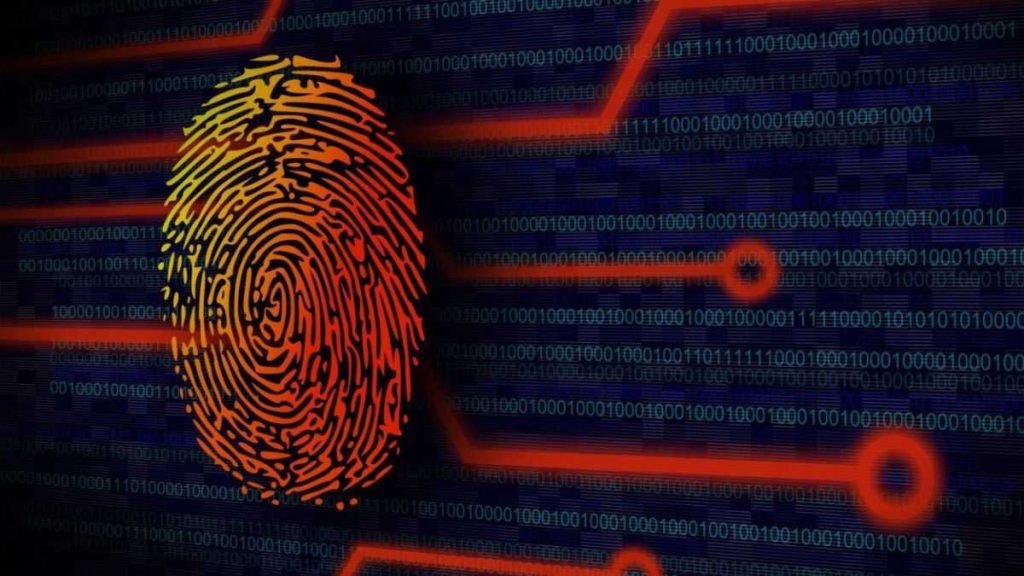Digital forensic science is a branch of forensic science that focuses on the recovery and investigation of material found in digital devices related to cybercrime. It involves the recovery and analysis of digital data found in devices like computers, smartphones, and even cloud storage. Digital forensics was once known as computer forensics, but as technology expanded, so did this field. Today, it covers any device that can store digital data, making it a critical tool in solving crimes in our tech-driven world. Although the first computer crime was reported in 1978, followed by the Florida Computers Act, it wasn’t until the 1990s that it became a recognized term.
How Digital Forensics Works: A Step-by-Step Process
When dealing with cybercrime, digital forensics investigators must follow a precise process to ensure that digital evidence remains untampered with and admissible in court. Let’s break down the five crucial steps that every digital forensic investigation must follow:
- Identification: The first step in digital forensics is for investigators to identify and locate the digital evidence, ensuring they know exactly where the data is stored before proceeding.
- Preservation: Once identified, the next step involves isolating, securing, and preserving the digital evidence. This prevents any potential tampering, keeping the data intact for analysis.
- Analysis: During the analysis phase, investigators reconstruct fragments of data, carefully examining the evidence to conclude what occurred during the cybercrime incident.
- Documentation: To recreate the crime scene, it’s essential to document every piece of evidence meticulously. This step ensures that the entire process is transparent and can be reviewed if needed.
- Presentation: Finally, investigators summarize their findings, drawing conclusions that can be presented in a court of law to support legal proceedings.
Also read | Gcore Report Reveals 46% Surge in DDoS Attacks in First Half of 2024
Why Businesses Need Digital Forensics
In a business setting, digital forensics plays a crucial role in the incident response process. When a cyberattack occurs, forensic investigators jump into action, identifying and recording every detail of the criminal incident. The evidence they gather becomes a vital part of the legal process, helping to prove innocence or guilt in court. Without digital forensics, businesses would struggle to defend themselves against cybercriminals, leaving them vulnerable to further attacks.
Meet the Digital Forensics Investigator:
A digital forensics investigator is someone with an insatiable curiosity and a passion for solving virtual crimes. Picture this: a company suffers a security breach, and sensitive data is stolen. The digital forensics investigator meticulously traces the attackers’ steps to uncover how they accessed the network and their actions. In this role, the investigator recovers critical data from various devices, including hard drives, flash drives, and even cloud storage, piecing together the puzzle to solve the crime.
The Evolution of Digital Forensics:
The history of digital forensics is a journey through the evolution of technology and cybercrime. In the 1970s and 1980s, law enforcement had limited knowledge of digital forensic techniques. Back then, most investigations involved seizing and analyzing digital documents stored on rudimentary computer systems. However, as technology advanced, so did the techniques used by cybercriminals. In response, the FBI launched the Magnet Media program in 1984, marking the birth of official digital forensics. Digital forensics evolved into a vital tool against cybercrime over the years, with significant developments during the Iraq war. Forensic investigators played a key role in extracting crucial evidence from digital devices during the Iraq and Afghanistan wars.
The Power of Digital Forensic Tools:
As the field of digital forensics evolved, so did the tools used by investigators to uncover hidden digital evidence. In the 1990s, experts commonly performed live analysis of digital media, but they soon realized the need for more sophisticated tools. Today, professionals categorize digital forensic tools into various types, including open-source tools and hardware tools. Let’s explore some of the most powerful tools in the digital forensic investigator’s arsenal:
The Sleuth Kit: A collection of Unix- and Windows-based utilities that extract data from computer systems, The Sleuth Kit is an open-source software that analyzes disk images and recovers data. It’s an invaluable tool for gathering data during incident response or live system investigations.
FTK Imager: This tool allows investigators to preview data on a device quickly, creating forensic images without damaging the original evidence. FTK Imager is essential for ensuring that evidence remains intact during an investigation.
Xplico: A network forensic analysis tool (NFAT), Xplico helps reconstruct data acquired using other packet-sniffing tools like Wireshark. It’s free, open-source software that uses advanced techniques to recognize network protocols and visualize data in a way that’s easy to analyze.
Key Job Roles of a Digital Forensic Investigator
- Cyber Forensic Investigator
- Forensic Analyst, Senior
- Digital Forensic(s) Analyst-Mid-Level
- Senior Principle
- Security Forensics Analyst (SOC)
- Digital Forensics Analyst, Senior
- Forensics Engineer
- Senior Digital Forensics and Incident Response
- Senior Consultant
- Security Analyst (Blue Team) – Forensic investigation
- Cybersecurity Forensics Consultant
- Senior Associate-Forensic Services-Forensic Technology Solutions
- Computer Forensic Technician
- Digital Forensics Analyst

